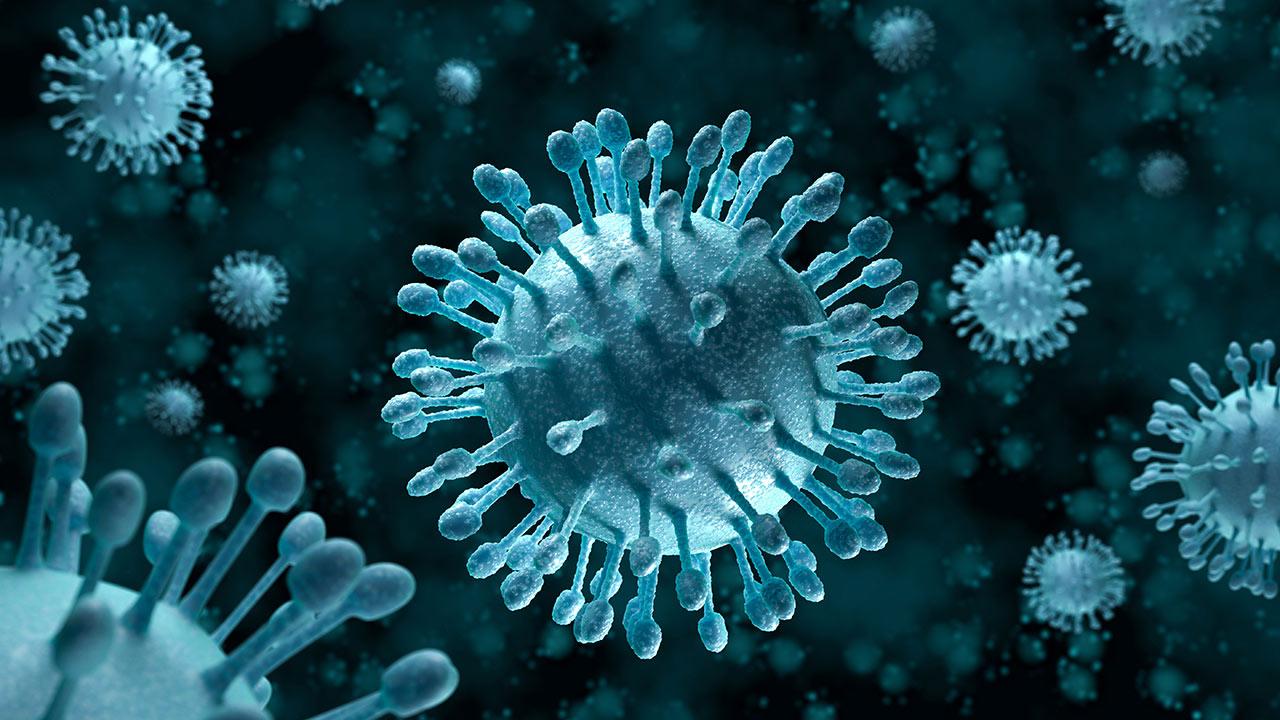
Wanaque Center For Nursing & Rehabilitation (Google Maps)
In light of the recent viral outbreak at the Wanaque Center for Nursing and Rehabilitation in Haskell, New Jersey, proper infection control practices are once more being brought to the forefront of media attention. As of this post, the lives of seven children in the facility have already been claimed by this outbreak, forcing the center to shut its doors to any new patients. According to an NJ.com article published on October 23rd, The Wanaque Center was given a “below average” rating by the Centers for Medicare & Medicaid Services due to the facility’s failure “to ensure infection control practices were followed”. This ongoing incident prompts the reminder that proper infection control needs to be practiced in any facility that utilizes medical instruments or is involved in contact with bodily fluids. In this post we will discuss both:
- How Infections Spread
- The Two Levels of Recommended Infection Precautions
How Infections Spread
The Center for Disease Control (CDC) states that in order for an infection to occur, three things must be present:
- Source: places where infectious agents (germs) live (e.g., sinks, surfaces, human skin)
- Susceptible Person with a way for germs to enter the body
- Transmission: a way germs are moved to the susceptible person
“For an infection to occur, germs must enter a susceptible person’s body and invade tissues, multiply, and cause a reaction.” Susceptible persons can be those who have not yet been vaccinated, as well as those with already-weakened immune systems. The CDC goes on to explain that in healthcare facilities, patients can become more susceptible to infection even while being treated. “Certain medications used to treat medical conditions, such as antibiotics, steroids, and certain cancer fighting medications increase the risk of some types of infections. Lifesaving medical treatments and procedures used in healthcare such as urinary catheters, tubes, and surgery increase the risk of infection by providing additional ways that germs can enter the body.”
In regards to the transmission of germs from one person to another, the four main methods are through contact, sprays and splashes, inhalation, and sharps injuries. These are defined by the CDC as such:
- Contact moves germs by touch (example: MRSA or VRE). For example, healthcare provider hands become contaminated by touching germs present on medical equipment or high touch surfaces and then carry the germs on their hands and spread to a susceptible person when proper hand hygiene is not performed before touching the susceptible person.
- Sprays and splashes occur when an infected person coughs or sneezes, creating droplets which carry germs short distances (within approximately 6 feet). These germs can land on a susceptible person’s eyes, nose, or mouth and can cause infection (example: pertussis or meningitis). Close range inhalation occurs when a droplet containing germs is small enough to breathe in but not durable over distance.
- Inhalation occurs when germs are aerosolized in tiny particles that survive on air currents over great distances and time and reach a susceptible person. Airborne transmission can occur when infected patients cough, talk, or sneeze germs into the air (example: TB or measles), or when germs are aerosolized by medical equipment or by dust from a construction zone (example: Non-tuberculous mycobacteria or aspergillus).
- Sharps injuries can lead to infections (example: HIV, HBV, HCV) when blood-borne pathogens enter a person through a skin puncture by a used needle or sharp instrument.

DAVID MARCHAL/SCIENCE SOURCE
The Two Levels of Recommended Infection Precautions
There are two levels of precautions put in place for infection control: Standard (for all patients), and Transmission-Based (to be used additionally, for those patients with known or suspected infections). The World Health Organization (WHO) outlines the ten key elements to Standard Precautions:
- Hand hygiene
- Gloves
- Facial protection (eyes, nose, and mouth)
- Gown
- Prevention of needle stick and injuries from other sharp instruments
- Respiratory hygiene and cough etiquette
- Environmental cleaning
- Linens (handling, transportation, and processing)
- Waste disposal
- Patient care equipment
For those patients who have known or suspected infections, the CDC offers the following guidelines for Transmission-Based Precautions:
- Contact Precautions:
- Ensure appropriate patient placement in a single patient room if possible
- Use personal protective equipment (PPE) appropriately
- Limit transport and movement of patients
- Use disposable or dedicated patient-care equipment
- Prioritize cleaning and disinfection of the rooms
- Droplet Precautions: Source control: put a mask on the patient
- Ensure appropriate patient placement in a single patient room if possible
- Use personal protective equipment (PPE) appropriately
- Limit transport and movement of patients
- Airborne Precautions:
- Source control: put a mask on the patient
- Ensure appropriate patient placement in an airborne infection isolation room (AIIR)
- Restrict susceptible healthcare personnel from entering the room
- Use personal protective equipment (PPE) appropriately
- Limit transport and movement of patients
- Immunize susceptible persons as soon as possible following unprotected contact
Utilizing proper infection control practices protects facilities from the risk of experiencing a tragedy similar to the current viral outbreak at the Wanaque Center for Nursing and Rehabilitation. Enough lives have been lost due to oversight and a lax in preventative measures. These infection control practices promote safe environments, and better health for all involved.
For more instruction and training on proper infection control practices please contact our customer service department to setup a appointment to speak with one of our infection control specialists.





